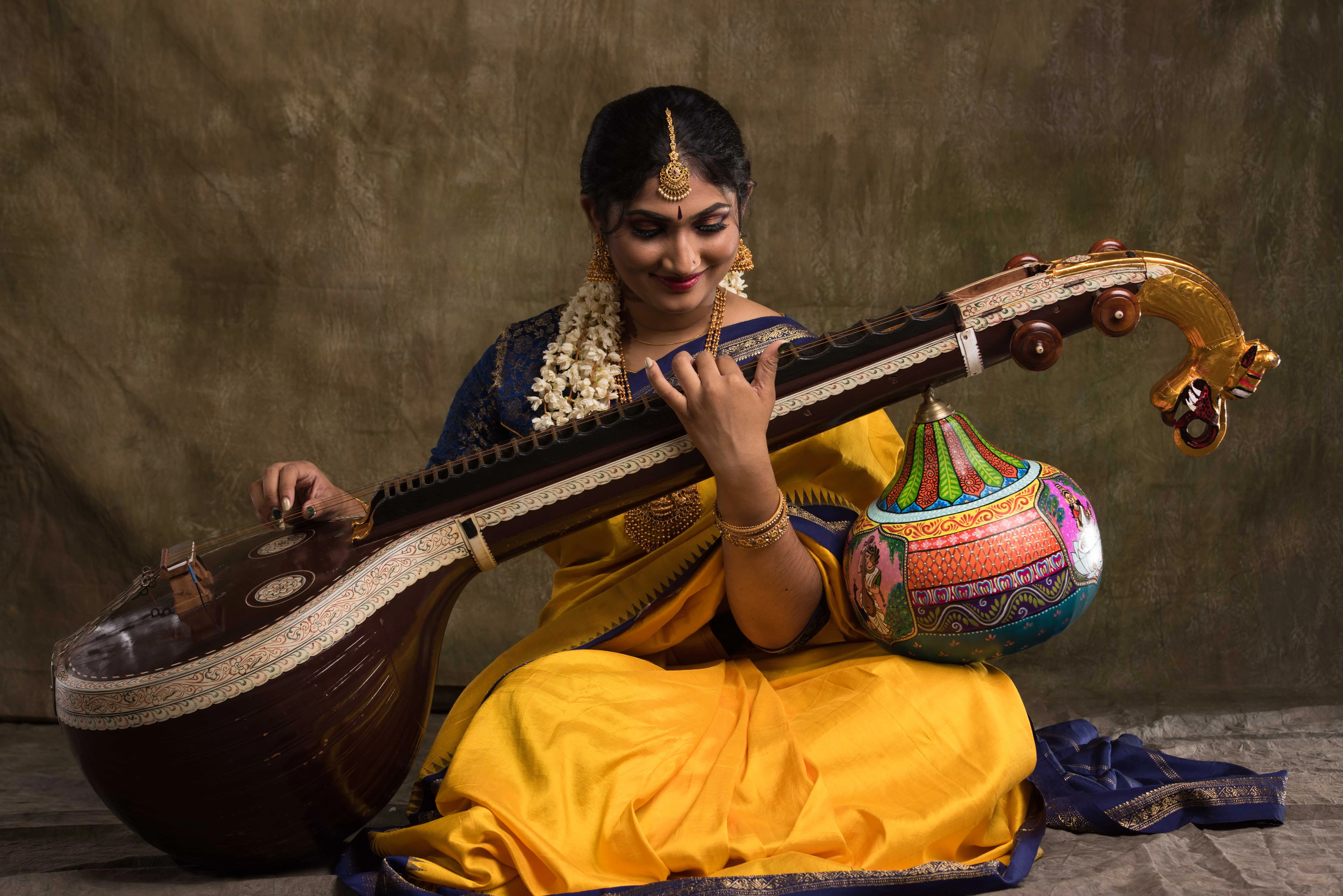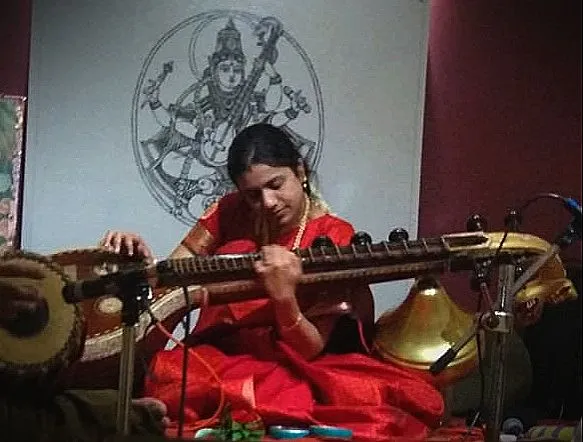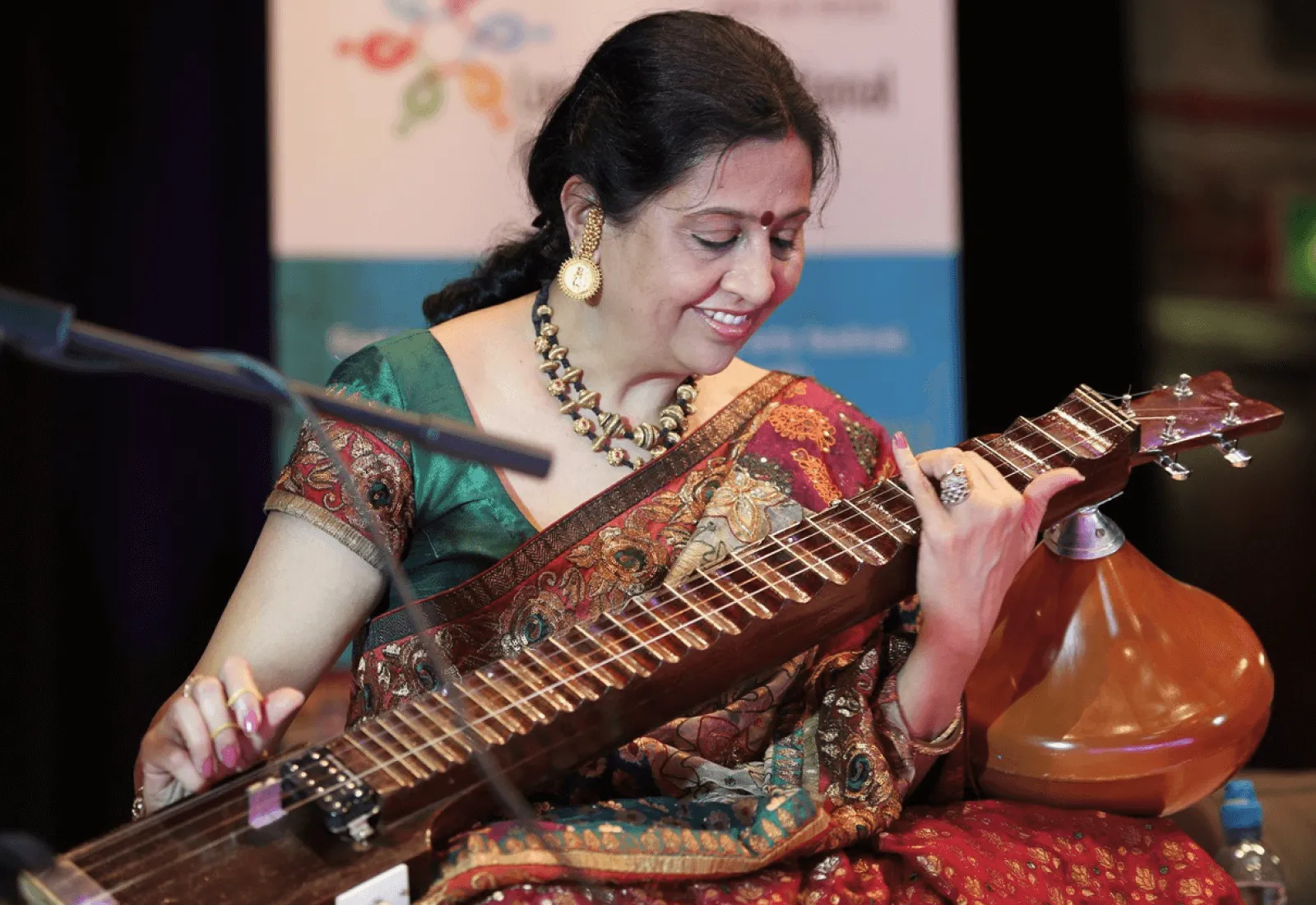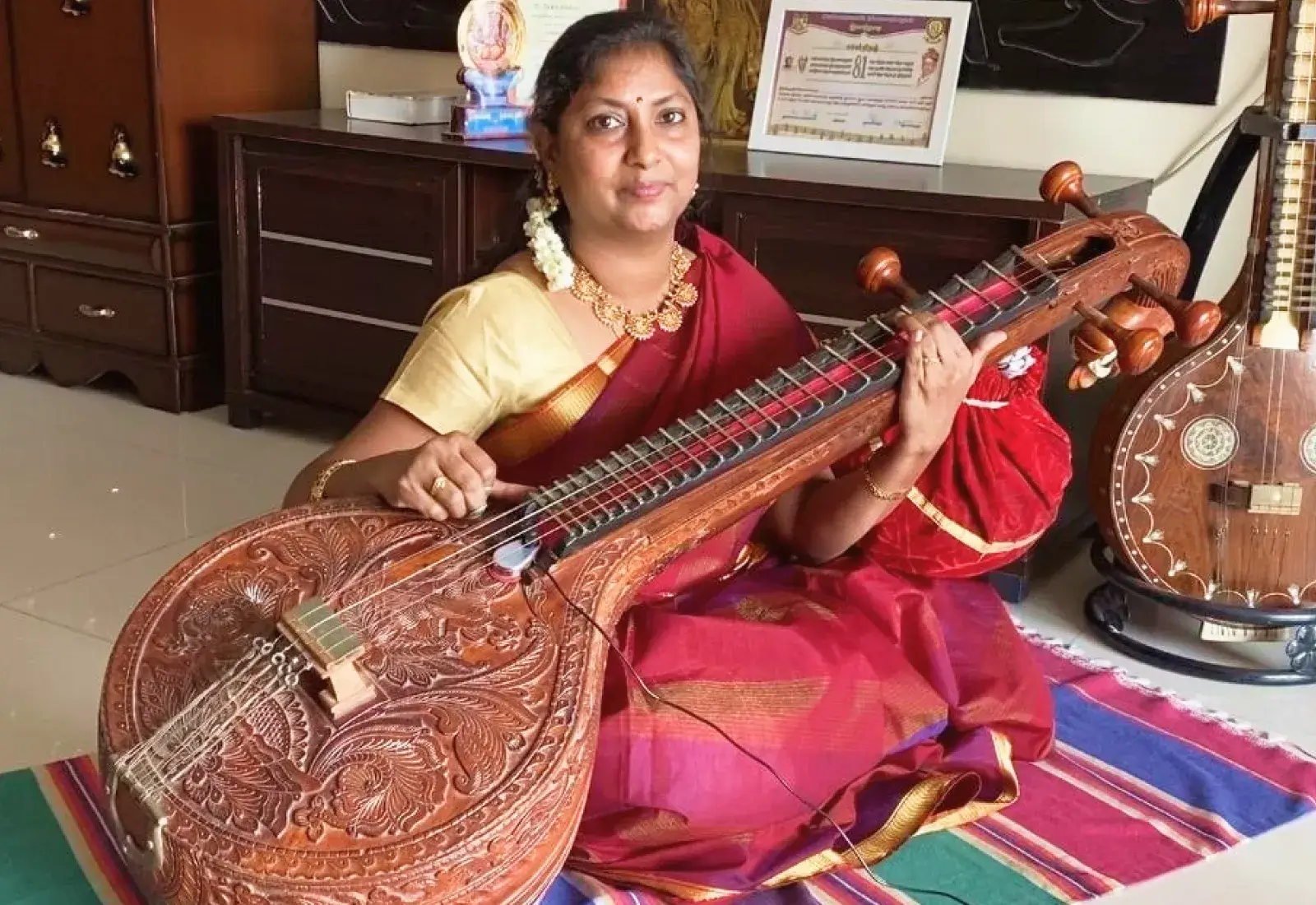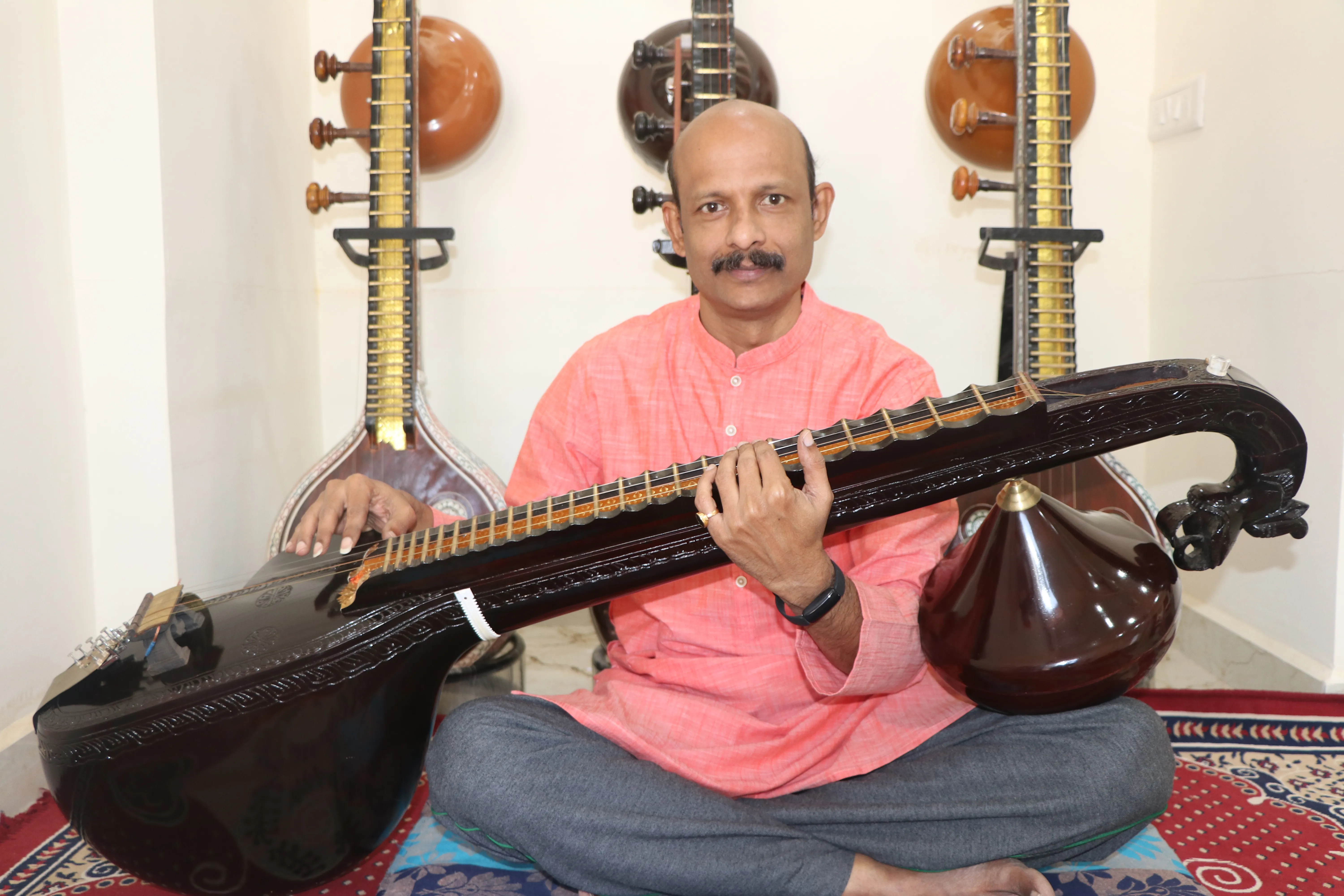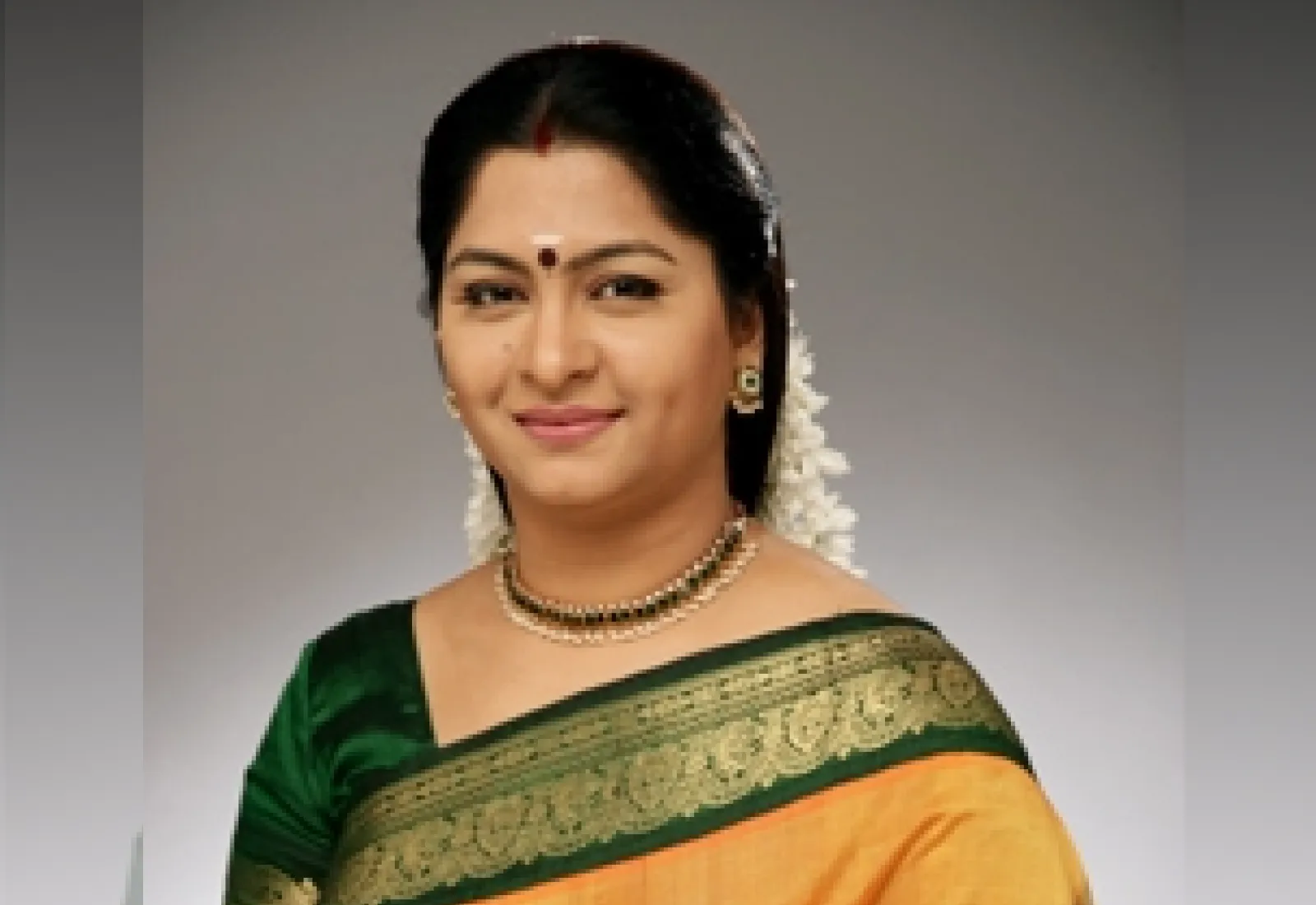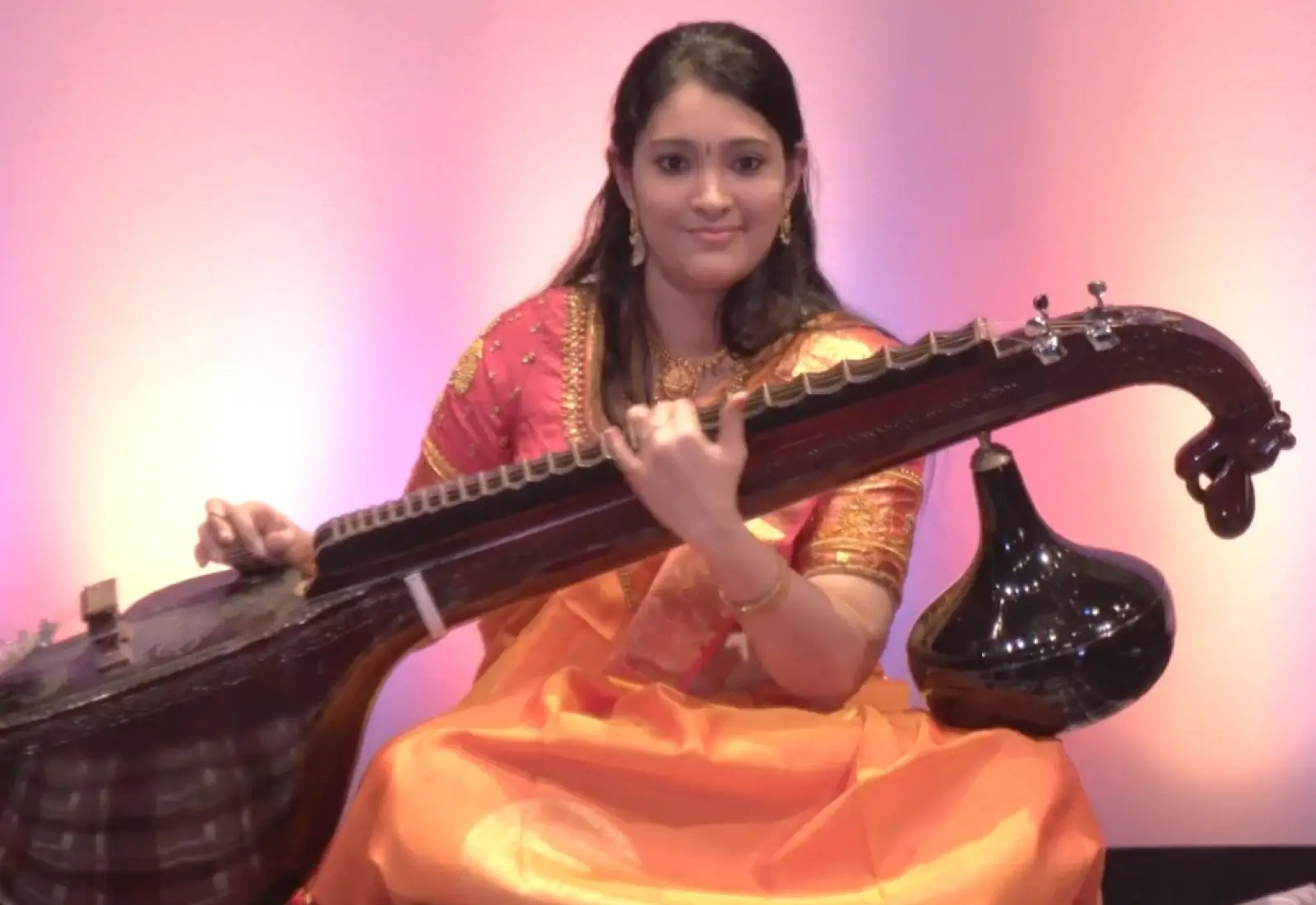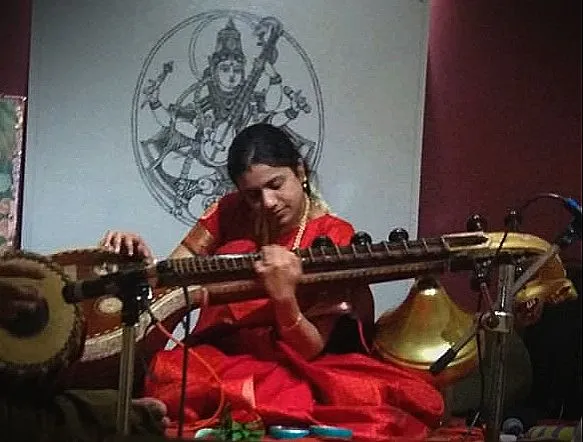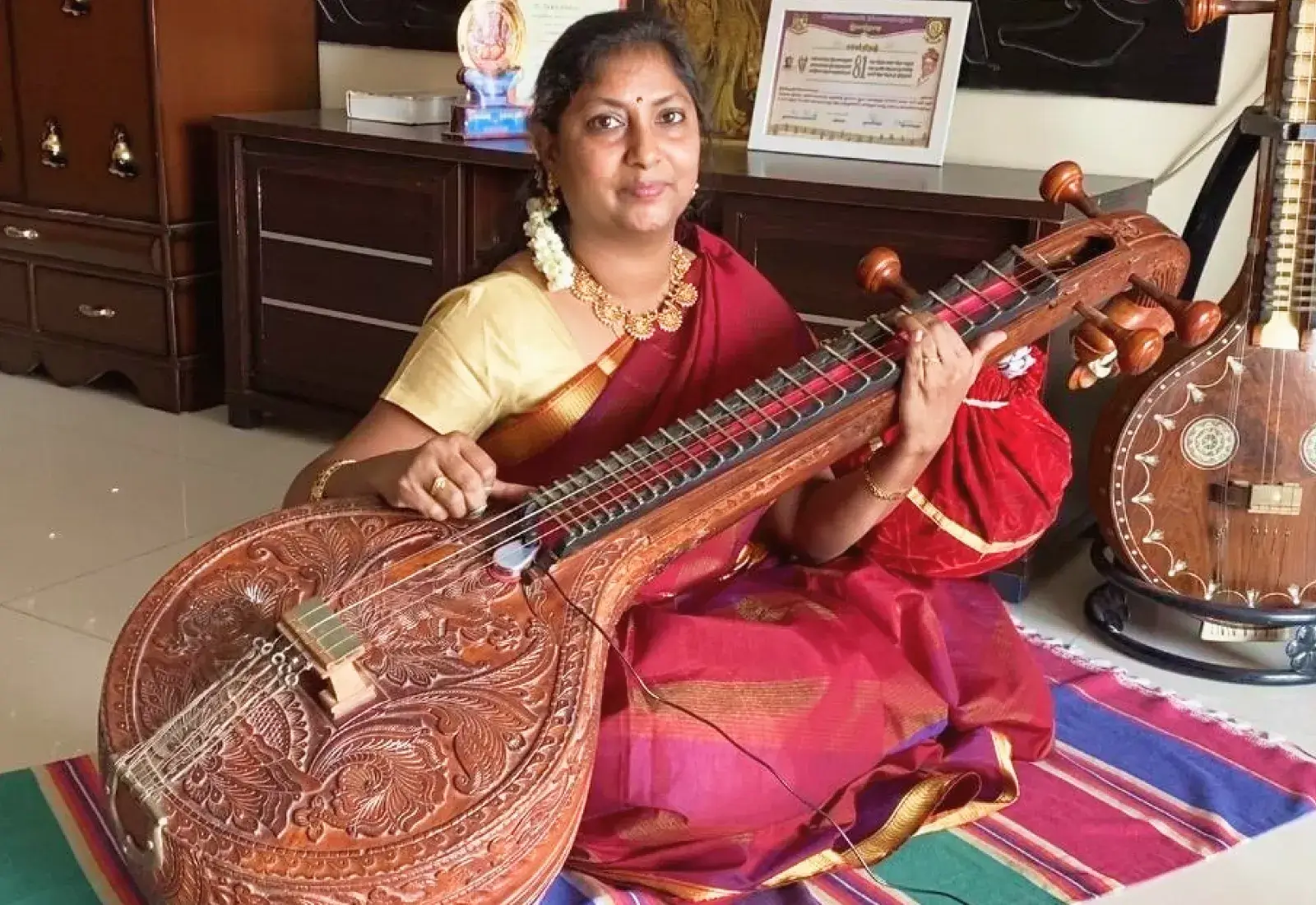What is Veena?
The veena is a string instrument originating in India. The Veena instrument and its variants play an important role in Hindustani classical music and carnatic classical music, from North and South India respectively. It can be either a zither or a lute, depending on the type of veena. The difference lies in the shape and construction of the resonator, or soundbox. Veena has various spellings, including vina, bina and beena, but they all refer to the same instrument.
They are typically around 1 meter, or 3.5 feet, in length, although size can vary depending on the size of the player. Vainika refers to one who plays the veena and it’s played while sitting down cross-legged. Some veenas (zithers) are played horizontally across the lap, while others (lutes) are held at an angle from the body like one might play sitar.
The hollow body of the instrument is made from wood with two resonators at each end on the back of the instrument. The main resonator is part of the body of the instrument while the second, smaller resonator is located near the top at the back of the neck. Traditionally, veena resonators are made from gourds, although some modern versions use different materials. There are 24 metal frets on the neck, which were traditionally embedded in hardened beeswax mixed with charcoal powder.
The Veena musical instrument has four main melody strings and three drone strings located on the side of the neck that aid rhythm, all made from wound metal. The strings are plucked, causing vibrations in the resonators to produce sound. To play, the vainika plucks the melody strings with plectrums, or picks, worn on the fingers while strumming the drone strings with the little finger of the same hand. The veena strings have a range of three octaves.
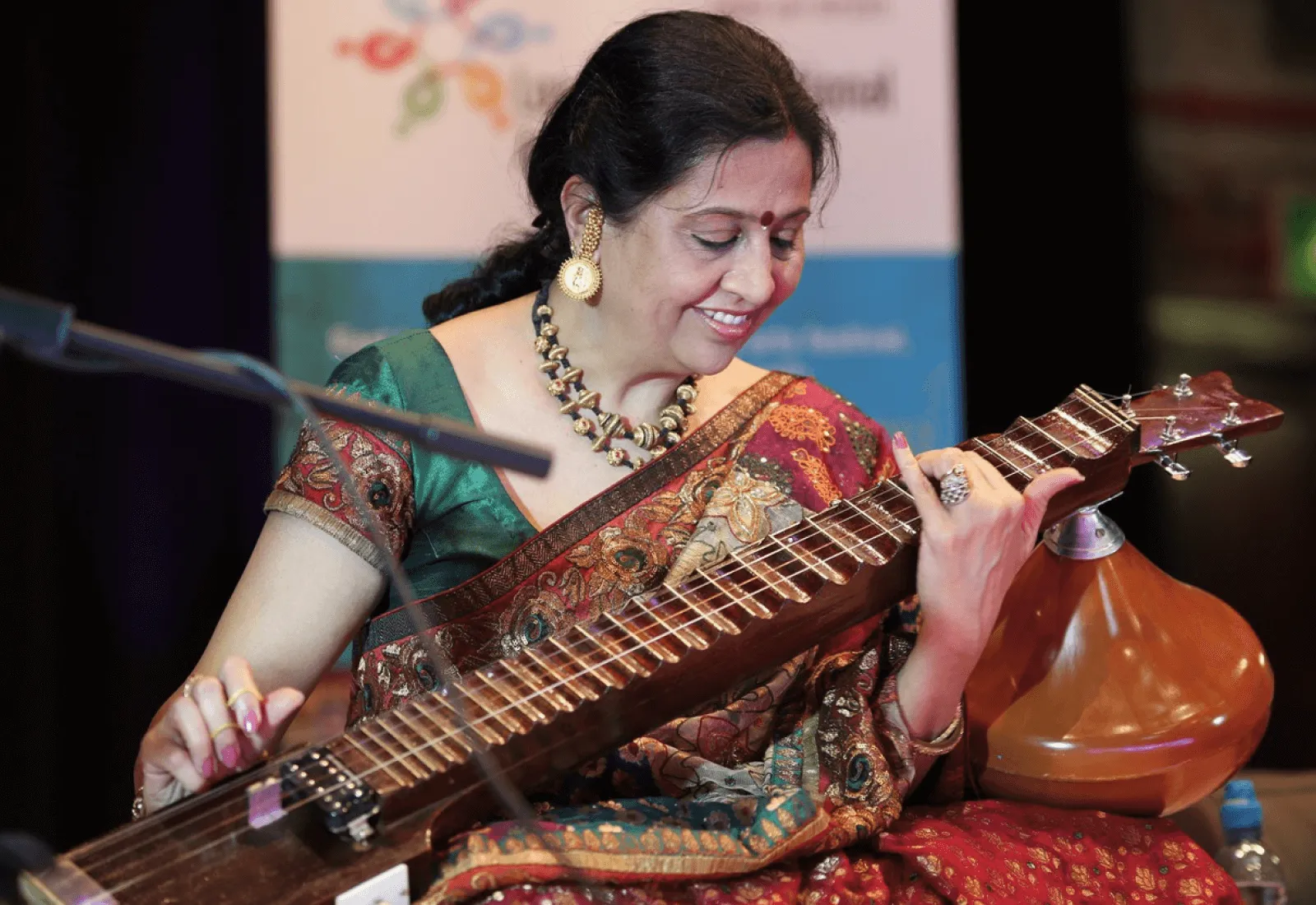
History of Veena Instrument
The veena is oldest instrument mentioned in recorded literature, having been referenced in the Rigveda and Samaveda in the first millennium BCE. The original Sanskrit word ‘veena’ refers to any plucked stringed instrument but in some ancient texts, Narada is depicted with, and credited with inventing, what we know as the modern veena. The veena is therefore considered one of the oldest Indian instruments. A veena similar to one used today is shown as being played by Goddess Saraswati beginning in the 6th century CE.
Early predecessors to the veena, which were also called veenas, varied somewhat in size, number of strings and playing technique. The version with seven strings and 24 frets became standard between the 10th and 11th centuries CE. Further innovations and modifications to the vena were developed in the 17th century during the reign of Raghunath Najay in Thanjavur, Tamil Nadu.
Like many acoustic instruments, there have been electric and electronic versions of the veena. The first attempt in the 1980s involved adding a contact microphone or magnetic pickup to amplify the sound. Modern digital veenas, developed in the 2000s, have an amplifier and speaker built into one of the resonators and an electronic tambura in the other. Digital veenas also have adjustable volume for different strings and adjustable frets.
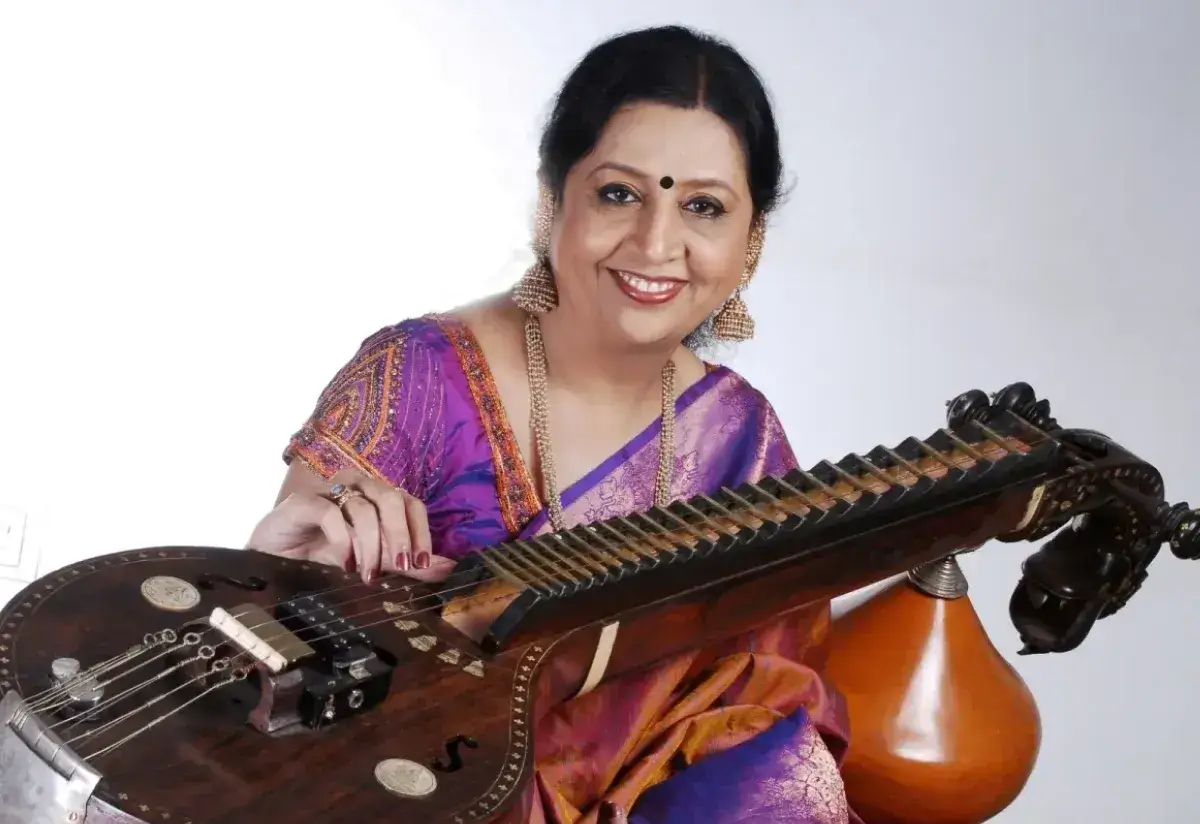
Types of Veena Musical Instruments
Because the Veena is a loosely generic name for similar string instruments, there are a few distinctly different types of veena musical instruments.
The Saraswati Veena is arguably the most widely played version of this instrument. It is a member of the lute family and differs slightly from other Veenas in that it has a pear-shaped, hollow resonator made of wood, connected to the end of the neck and the bridge. The second resonator is made from a gourd and is smaller than the first. Typically made from jackfruit wood and at times made from a single piece of wood (then called Ekantha), the Saraswati veena is used most often in South Indian carnatic music.
The Rudra Veena has a fretted, hollow neck with two equal size resonators (called tumba) below the neck. The tubular body is made of wood or bamboo and the resonators are made from gourds. Like most veenas, the instrument has 24 frets but these are made from brass-fitted wood fixed to the neck with wax. The rudra veena is less popular today than its counterparts but has a rich, deep, soft sound that is unique to this type of veena.
The Vichitra Veena is different in that in doesn’t have any frets and is played with a slide. While the instrument has the standard four melody strings, this version has five drone strings and 13 sympathetic strings. The Vichitra Veena is most often used in North Indian Hindustani music.
The Chitra Veena, or Gottuvadhyam, is similar in design and shape but has 20 strings and a fretless neck. There are two gourd resonators on each end of a hollow, narrow body and is played horizontally like the Rudra Veena. The Chitra Veena has six melody strings, three drone strings, and 11 or 12 sympathetic strings.
Additionally, different variations of the Veena evolved into their own instruments that we’re familiar with today. The Tritantri Veena had three strings instead of the standard four and is one of the main precursors to the popular sitar. The Saradiya Veena became the sarod and the Pinaki Veena became the Sarangi.
Veena Playing Techniques
There are many different techniques, some are standard to schools or teachers, while others are more individualized. Techniques also reflect the specific characteristics of ragas and their embellishments, called gamaka. Below are some of the most common veena playing techniques.
Right hand:
• Goti is a plucking technique where the strings are struck in a downward motion from the index and middle fingers. However, since a downward pluck from any of the fingers is indistinguishable from any others, this is a term that can be applied generally to a downward plucking motion.
• Vali is an upward plucking technique by one finger, usually the index or middle finger.
• Katri produces a unique double sound by plucking two strings one after the other in quick succession.
• Kuta is the technique if plucking the strings with the nail of the finger, usually a thumb but not always. This produces a softer sound than those made with picks.
Left hand:
• Portamento is a popular technique that involves sliding from one fret to another rather than lifting the fingers off one fret and onto another. This technique connects the two notes rather than having two distinct sounds.
• Pulling upward from a lower fret position to a higher one is another technique to connect sounds together.
• The left finger pluck and stop technique produces a unique sound apart from those one would achieve from a right-hand technique. It involves lifting the finger off of the fret while keeping it on the string.
Veena Mechanics
Veena strings are attached to tuning pegs at one and the bridge at the another, allowing the player to adjust the tension of the string to achieve the desired pitch. Typically, there is not a standard tuning of the veena. The tuning pegs are traditionally made of wood, called Birudais, and there are smaller spring knobs to make minute adjustments. However, the wooden tuning pegs are susceptible to weather conditions so it’s common for veenas to use guitar tuning pegs instead, which are made of metal.
Unlike many other string instruments, the veena has unique qualities to the strings that make it stand out. The ends of the strings are curved instead of sharp and the frets are curved, more so than any other fretted instrument. Also unlike many string instruments, the strings are not pushed down to the base of the neck so the sound produced is gentler. The way the strings are designed allows the player to have continuous control over the tension of the strings.
Top Famous Veena Players
Here are some of the most popular Veena players:
► Meera Krishnan (View her course)
► Asad Ali Khan
► Asit Kumar Banerjee
► Siddhartha Banerjee (View his course)
► Aswathi Thirunal Rama Varma
► Baha'ud'din Mohiuddin Dagar
► Dr. Jayanthi Kumaresh
► Jaysri Jeyaraaj
► Jeyaraaj Krishnan
► Vainika Charumathi (View her course)
► Jyoti Hegde
► Kalpakam Swaminathan
► Nirmala Rajasekar
► Pushpa Srivathsan
► Raghunath Manet
► Rajhesh Vaidhya
► Suma Sudhindra (View her course)
► Suvir Misra


